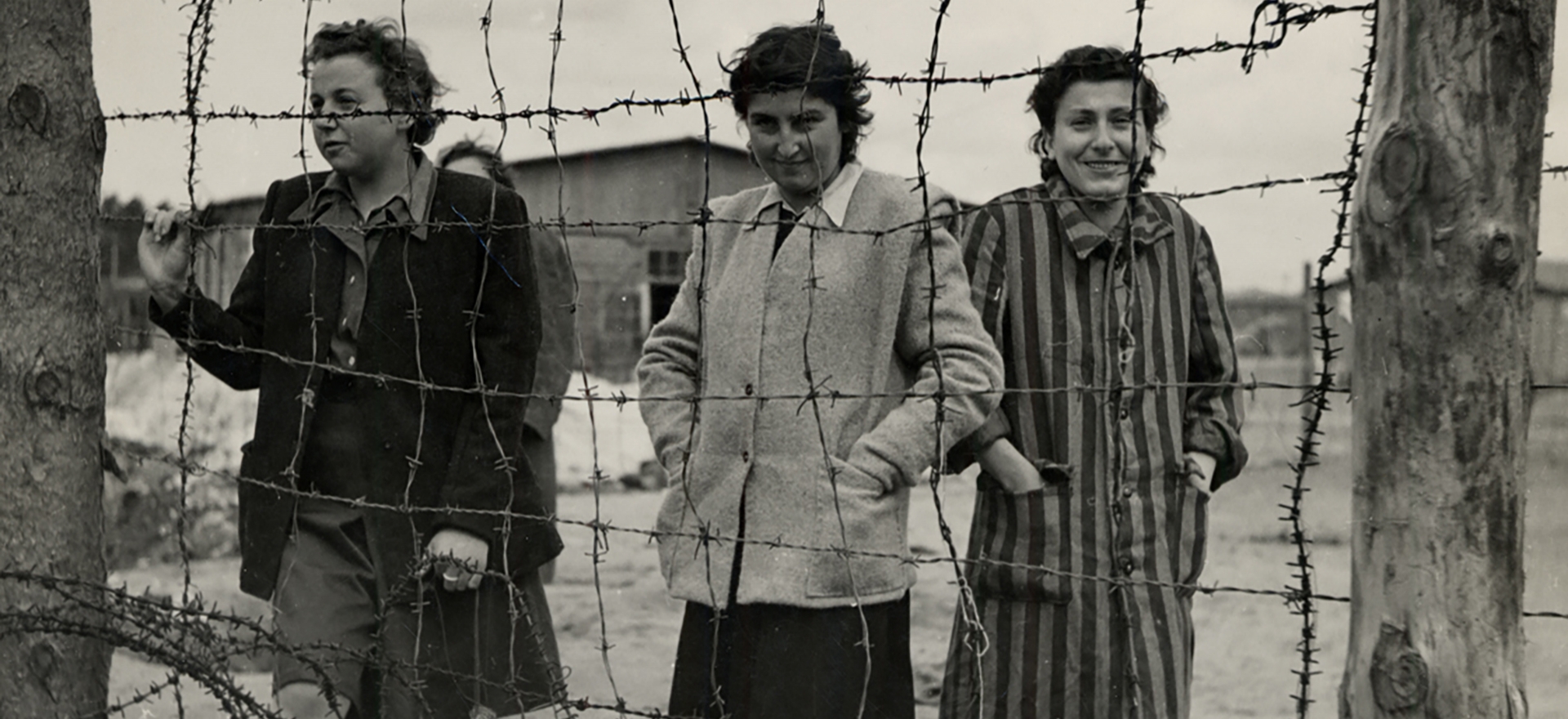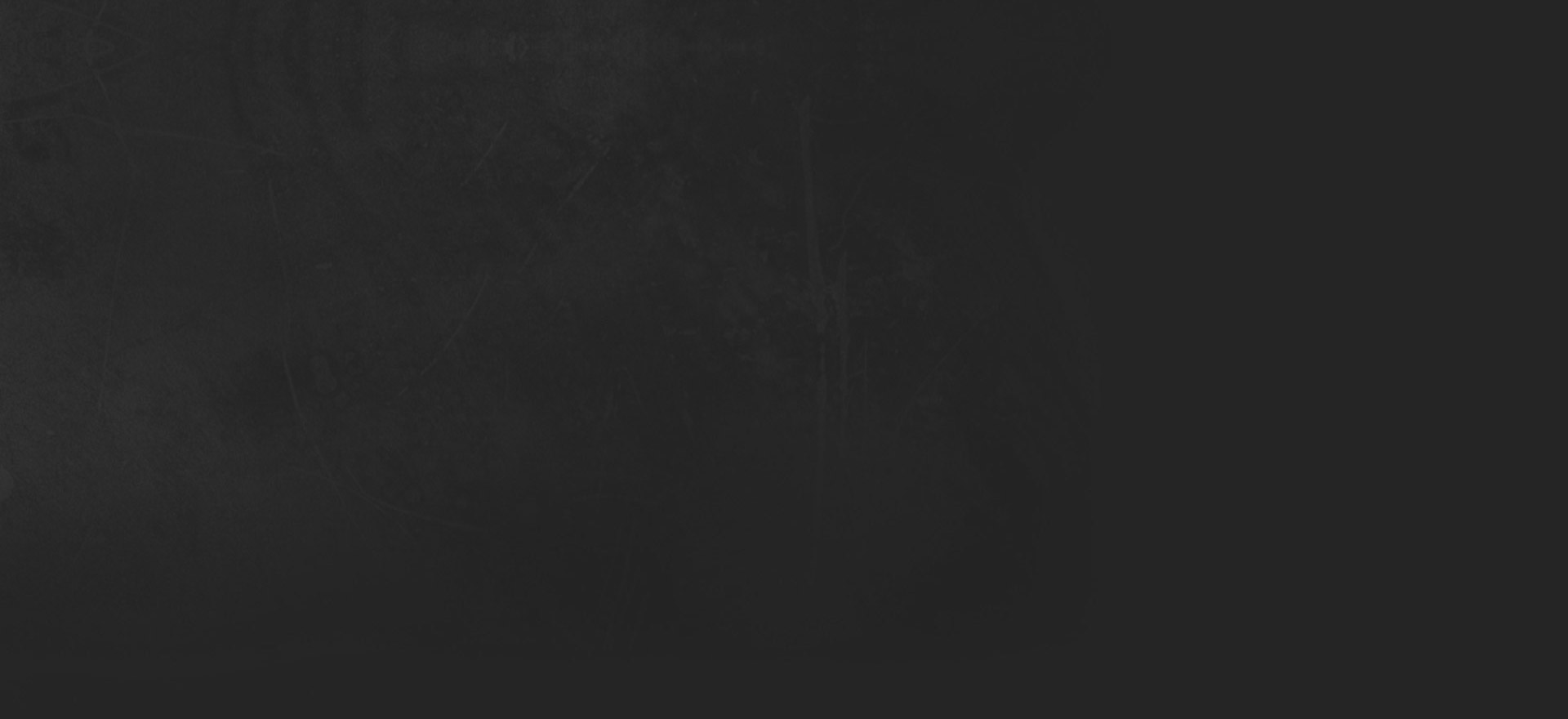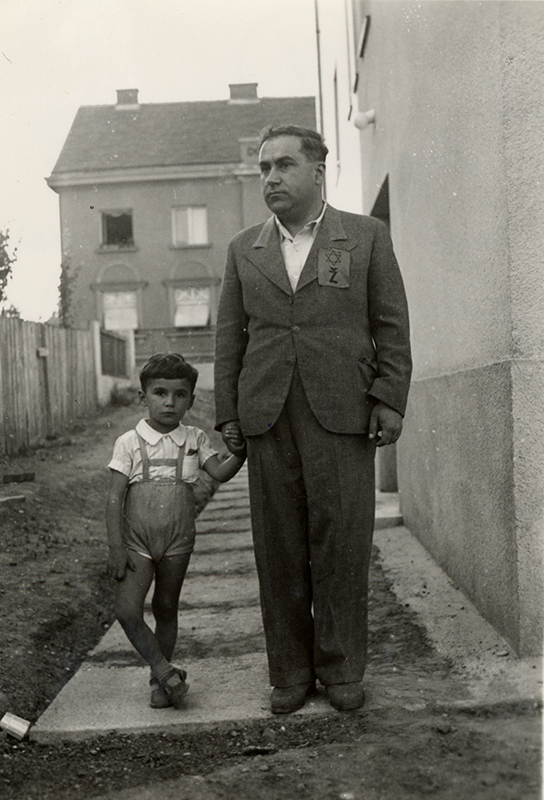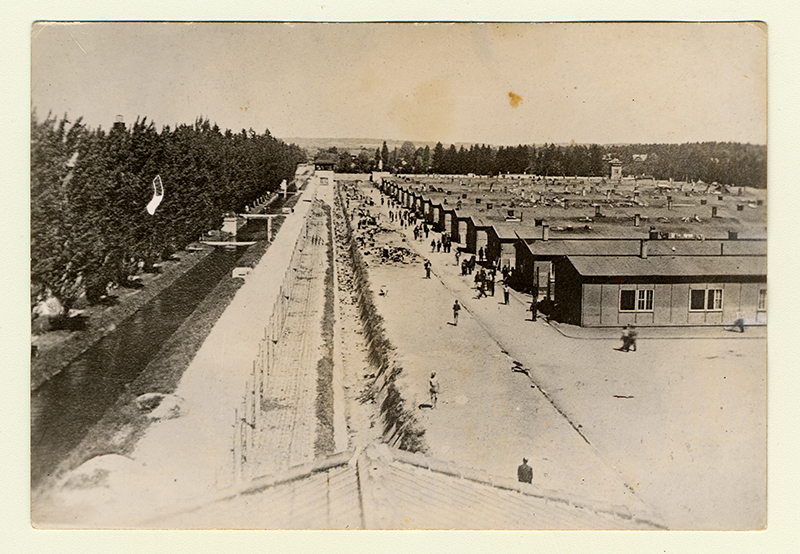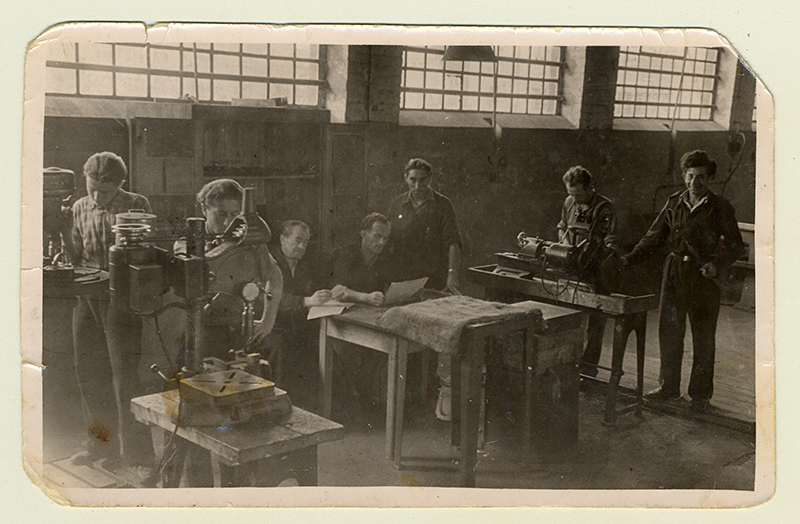The “And in 1948, I Came to Canada” – The Holocaust in Six Dates traveling exhibition provides an opportunity to commemorate the victims of the Holocaust and to honour the survivors who made Canada their new home.
“And in 1948, I Came to Canada” — The Holocaust in Six Dates
More than 9 million Jews lived in Europe prior to the Second World War. From 1933 to 1945, they were persecuted and 6 million of them were murdered during the Holocaust. The destruction of Europe’s Jewish communities sent unprecedented shockwaves throughout the world, reaching all the way to Canada.
Featuring six key dates, ten objects and thirty minutes of video testimonies drawn from the Montreal Holocaust Museum’s outstanding collection, the exhibit explores the connections between the Second World War (1939-1945) and the genocide of the Jewish people. It also addresses questions relating to Canadian intervention, the lack of action toward Jewish refugees and the immigration of Holocaust survivors to the country after the war.
The quote “And in 1948, I came to Canada” comes from Leon Kahn’s testimony.
Tips for visiting the exhibition
We suggest that you view the exhibition before visiting it with your students. We also strongly recommend that you speak with them about the Holocaust prior to their visit in order to prepare them emotionally and intellectually. The exhibition is presented in chronological order and is suitable for students in grade 6 and up. The visit lasts about an hour.
This article outlines 9 activities – all taken from the pedagogical guide that accompanies the travelling exhibition – to do with your students before, during and after your visit to maximize their learning experience.
Before the exhibition visit
Activity 1 – Initiating activity / Trigger
Objective: Raise students’ interest in the Holocaust through reading and analyzing a letter written by a Jewish resistance fighter.
Material: Activity 1 from the Exploring the Evidence – The Holocaust, Cambodian Genocide, and Canadian Intervention tool
Activity 2 – What is the Holocaust?
Objective: Determine the students’ knowledge about the Holocaust and define the term.
Material: Appendix 1 in the accompanying pedagogical guide
Application: Ask your students what the word “Holocaust” means to them and then have them read the glossary, making sure that they understand fully all the terminology. Next ask them to write a definition of the Holocaust by answering the following questions: Who? What? Against whom? Why? When? How? Where?
Activity 3 – Artefacts: What do they teach us?
Objective: Based on an analysis of primary sources, extract information on the Holocaust.
Material: Appendices 2 and 3 in the accompanying pedagogical guide
Application: Divide the class into subgroups of three or four students. Each group chooses an artefact. The students have to describe and analyze the artefact using our Artefact Analysis Sheet (appendix 2). Explain to them that they will see real artefacts in the exhibition. They can then write labels for the artefacts in the form of a short paragraph.
During the exhibition visit
Activity 4 – The artefacts in the exhibition
Objective: Acquire historical information on the Holocaust by analyzing artefacts.
Material: Appendix 2
Application: Ask your students to look through the exhibition to find the artefact they had analyzed and examine how it is displayed. Have them read the label. Is it very different from the one they wrote? Did they interpret the object differently? Does this strengthen or change their opinion about the artefact and its story? You can then ask them to write a text at home or prepare an oral presentation using the questions from our Artefact Analysis Sheet (appendix 2).
Activity 5 – Questions about the exhibition
Objective: Actively research historical information on the Holocaust.
Material: Appendix 4 in the accompanying pedagogical guide
Application: Ask students to answer the questionnaire in Appendix 4 in order to encourage them to read the exhibition texts and seek out more information on the Holocaust.
Activity 6 – Cross analysis table: war versus genocide
Objective: Analyze the causes and consequences by making connections between the Second World War and the Holocaust.
Material: Appendix 5 in the accompanying pedagogical guide
Application: Ask your students to fill in the table in Appendix 5 as they tour the exhibition. For each date, the students should find the major historical event described in the exhibition texts, identify its impact on Jews and show how Canada reacted. The students should also choose an object, photo or video clip (if they choose the video clip, they need to identify a phrase in the clip that best explains the event).
Activity 7 – Questions for further analysis
Objective: Encourage students to reflect about complex issues and help them develop sound arguments based on primary sources and information presented in the exhibition.
Application: Give each student one of the following questions before visiting the exhibit. Students answer the question by writing an argumentative text, supported by what they find in the exhibit.
- Why would someone decide to join the resistance?
- What role did Canada play before, during and after the Holocaust?
- Why does war make it easier for genocide to occur? The Second World War and the Holocaust can be used as an example on which students can base their answer, but you can also ask them to find other examples (First World War and the Armenian genocide, for example)
After the exhibition visit
In addition to Activities 4 and 7 that suggest tasks to be done after the visit, we also suggest two activities related to the video testimonies of Leon Kahn (or Elie Dawang) and Sarah Kleinplatz. The video clip of Leon Kahn on the Einsatzgruppen is not suitable for younger students, therefore we recommend that they use the Elie Dawang clip instead. All testimonies are available in this playlist from our YouTube channel.
To prepare for these activities, please read the document Seven Tips for Teaching with Recorded Survivor Testimony from our Teaching about the Holocaust Using Recorded Survivor Testimony pedagogical guide.
Activity 8 – Biography and timeline
Objective: Understand the impact of war and genocide on individuals.
Material: Appendices 6, 7 and 8 in the accompanying pedagogical guide
Application: Divide the class into subgroups of 3 students each. Give each group a survivor biography and links to the YouTube video clips. Ask your students first to read the biography, and then watch the corresponding video clips. Students must then integrate all the dates from the survivor’s story into the general timeline. Then ask the students to analyze the war’s impact on this person.
Conclude the activity by pooling everyone’s results and holding a discussion to compare experiences based on the survivor’s age, country of origin and circumstances. Explain to your students that these testimonies represent the unique experiences of each person. There are thousands of other testimonies around the world that, depending on the person’s age group, country of origin, and personal situation, speak to thousands of different experiences.
Activity 9 – Analyzing a testimony
Objective: Understand the impact of war and genocide on individuals.
Material: Appendix 7 and 8 in the accompanying pedagogical guide, video excerpts
Application: This activity can be conducted in the classroom or at home. Ask students to read the survivor biographies, watch the videos and then answer the questions on the Video Testimony Analysis Sheet (appendix 8).
Additional tools for the “And in 1948, I Came to Canada” — The Holocaust in Six Dates exhibition
Visiting the “And in 1948, I Came to Canada” — The Holocaust in Six Dates exhibition and doing the educational activities from the accompanying teaching guide can also be an opportunity to commemorate Holocaust victims and survivors in order to raise awareness about the Holocaust at your school. To help you organize such an event, a commemoration guide is also available. To learn more about Holocaust commemorations and best practices, we recommend our article Why and How to Commemorate the Holocaust?.
You can also choose to conclude your in-class activities by analyzing our History of the Holocaust printable poster. Featuring a timeline with key Holocaust events on one side, and Canada’s response during these years on the other, the poster allows students to use knowledge acquired during the previous activities to better understand both these events and Canada’s role, while also establishing links between the past and the present. Students can complete this analysis by answering the questions in the document that accompanies the poster.
Download the accompanying pedagogical guide